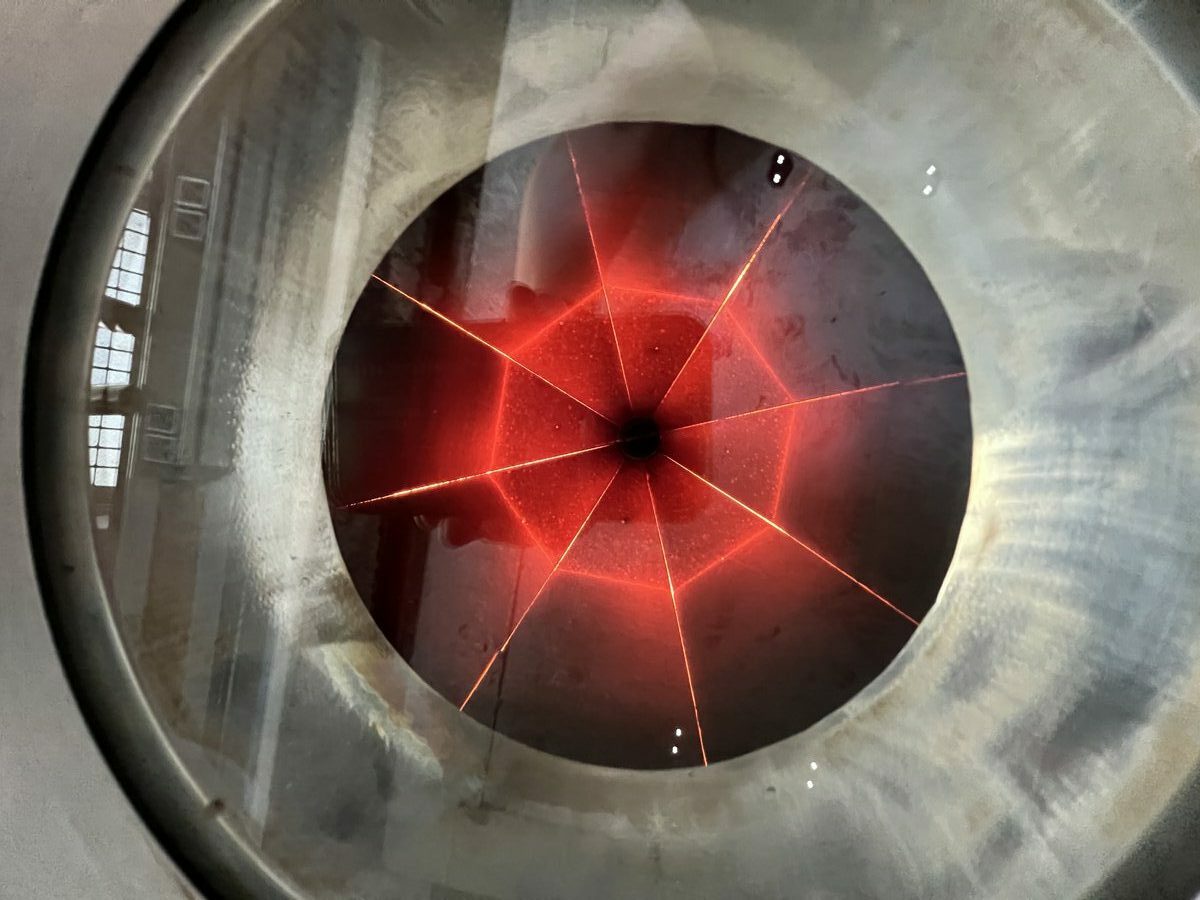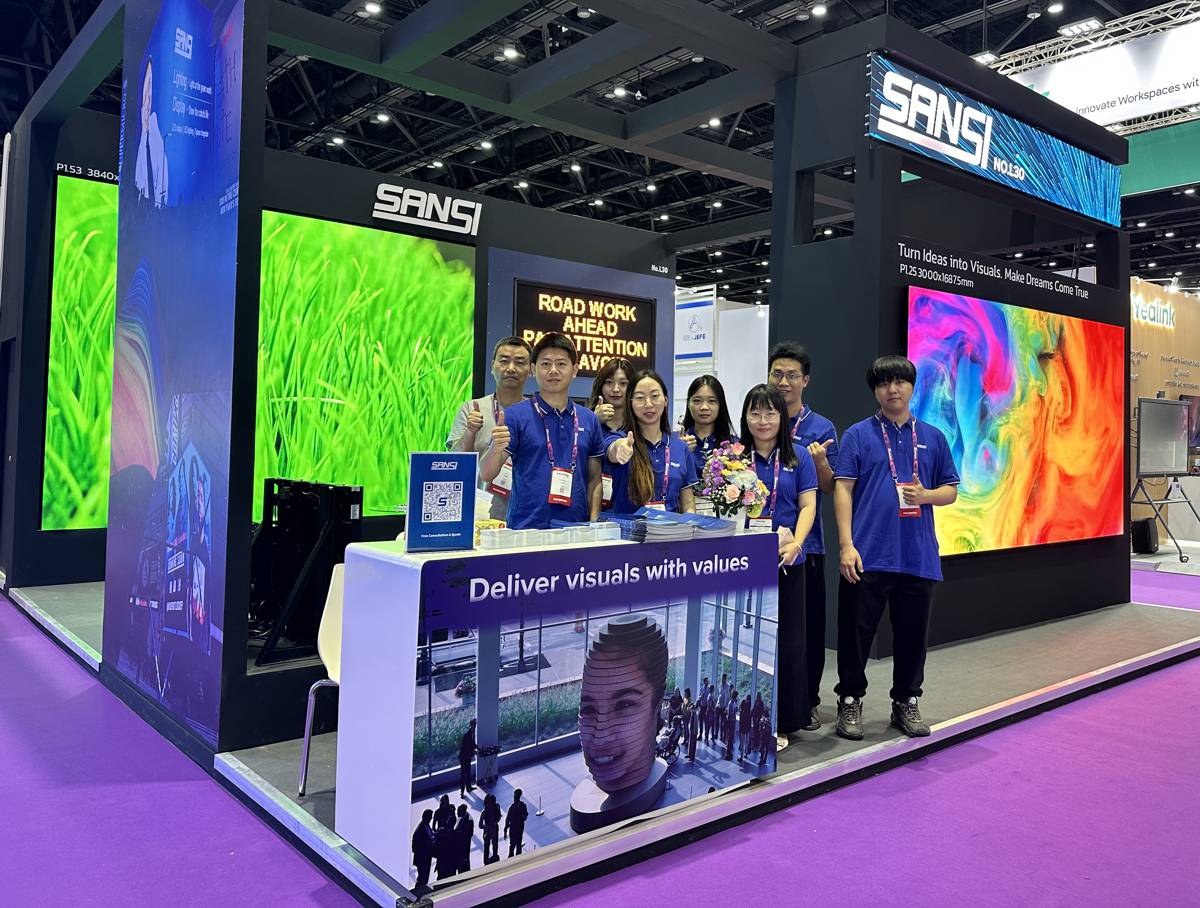Cemex and Synhelion shed light on fully Solar-powered Cement Plant Technology
Cemex and Synhelion announced today a significant milestone in their joint effort to develop fully solar-driven cement production: the scaling of their technology to industrially-viable levels. This includes the continuous production of clinker, the most energy-intensive part of cement manufacturing, using only solar heat.
At the beginning of 2022, the companies announced the first-ever successful production of solar clinker in a small-scale batch process pilot. Advancing from that stage to production under plant-like and continuous conditions reaffirms the tremendous potential of this technology to reach industrial-scale implementation. Cemex and Synhelion will now take further steps toward building a solar-driven industrial-scale pilot cement plant.
“I am convinced we are getting closer to the technologies that will enable net-zero CO2 cement and concrete production,” said Fernando A. González, CEO of Cemex. “The solid progress I see here proves that solar cement is not just a dream; it is achievable through continued collaboration and backed up by rigorous research and testing.”
Gianluca Ambrosetti, Co-CEO and Co-Founder of Synhelion, added: “This is an exciting milestone for everyone involved, achieved through the excellent collaboration between the teams of Cemex and Synhelion. Our technology can make an important contribution toward decarbonizing cement production, and we look forward to more trailblazing achievements in this field.”
Clinker is produced in a rotary kiln at temperatures nearing 1,500°C. Fossil fuels are typically used to heat the kiln and are responsible for approximately 40% of direct CO2 emissions. Synhelion’s breakthrough technology provides sufficient heat to produce clinker without using fossil fuels. Replacing fossil fuels entirely with solar energy is a game-changer in Cemex’s efforts to achieve carbon neutrality by 2050. Additionally, the technology creates the conditions to separate, and therefore capture, the remaining CO2 from calcination in concentrated form without additional efforts.
The partnership between Cemex and Synhelion has received important recognition recently. The U.S. Department of Energy awarded US$ 3.2 million to Solar MEAD, a joint project between Cemex, Sandia National Laboratories, and Synhelion to study the conditions to maximize heat transfer to the raw cement mix. The collaboration also received an honourable mention in the Eco-Innovator category of the Corporate Citizenship Innovation Awards sponsored by the Boston College Center for Corporate Citizenship – an organization dedicated to advancing the work of corporate social responsibility and sustainability.
This project is part of Cemex’s Future in Action program, which focuses on achieving sustainable excellence through climate action, circularity, and natural resource management with the primary objective of becoming a net-zero CO₂ company by 2050. Two essential elements of this program are Cemex Ventures and Cemex’s R&D Center in Switzerland. Through them, the company is discovering and investing in the companies they believe will provide the proven, scalable technologies to achieve carbon neutrality..















